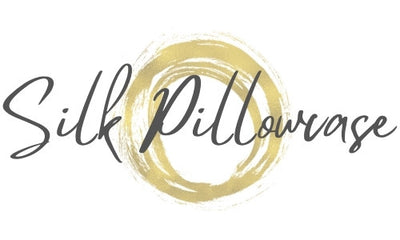What if you could wake up every morning feeling refreshed and energized?
Many people struggle to get a good night's sleep, and as a result, their productivity and alertness suffer. But did you know that by changing your sleep posture and sleeping conditions, you can guarantee better sleep night after night?
Simply by changing to a different set of bedding can make all the difference. Did you know that sleeping on silk can help with a lot of sleeping condition. In fact benefits of sleeping on silk have been widley written about.
It's true! Your sleeping position can have a significant impact on how well you sleep through the night. Keep reading to find out more about sleep posture and how you can use it to get better sleep right away.
